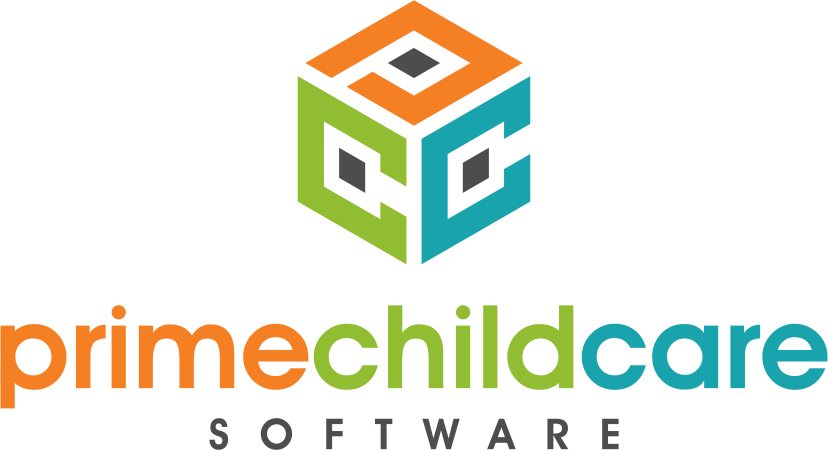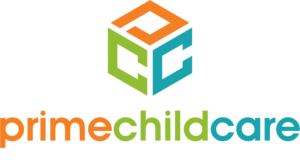Drop-in daycare can be a lifesaver for busy parents. Whether they have a last-minute meeting at the office or need a few kid-free hours to get their holiday shopping done, drop-in daycare gives them a trustworthy source for childcare at the last minute. It can be a lucrative revenue stream for your daycare center, too. Before you start a drop-in program, though, it’s important to know the pros and cons of adding one. You’ll need to know how to make a drop-in program successful with the right tips and tools, too.
The Pros and Cons of Offering Drop-In Programs
What’s great about adding a drop-in program to your daycare center?
- It can be a nice revenue stream for your daycare business. As more parents are working from home, drop-in childcare is becoming a more popular option for families. It’s the perfect solution for those who need occasional childcare for in-person meetings or for a night out on the town. The added flexibility is appealing to parents, so you can charge a premium price for the service.
- It could generate more business for your daycare center. Drop-in childcare can act as a “test run” for full-time childcare. If parents and kids enjoy your facility, they are more likely to come back. They are also more likely to sign up for a full or part-time care plan. You’ll get referrals from your drop-in care services, too, which can bring more families to your door.
What should you be aware of before you start offering drop-in daycare?
- You may need to offer extended hours. Some drop-in programs stay open late into the evening to capture date night business. This can be a great way to boost your business, but be aware of the operating costs. You’ll need staff who can work odd hours (and you may need to pay them more for it). Make sure you are getting a return on your operational investment.
- You won’t have the same kind of relationship with the parents or kids. When you are seeing the same families each day, you build a strong relationship with them as their childcare provider. When you are only seeing the families once a week, once a month, or even a few times a year, then your relationship will be much different.






